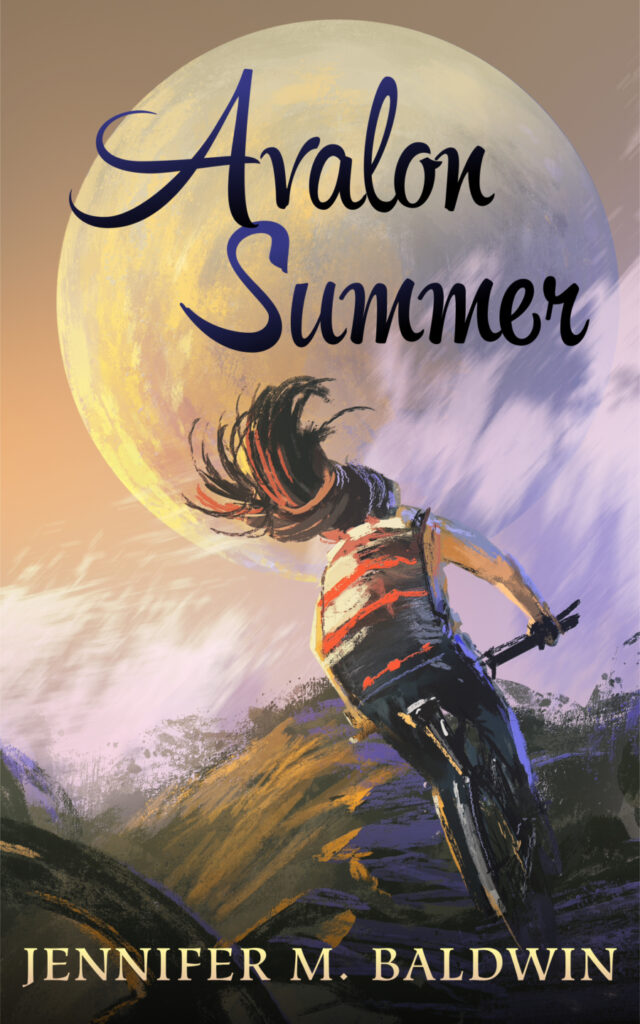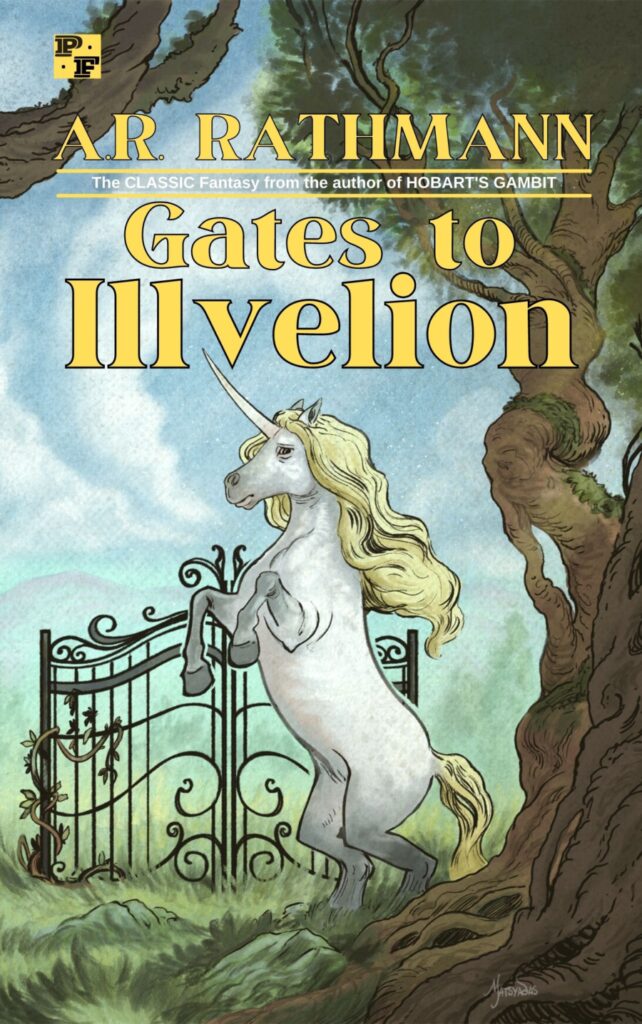This week in class, I had my students do an exercise to practice writing imagery. After I went over the instructions, I pulled up a blank Google doc and began drafting a brief scene. I wanted to model the exercise for them.
It worked out great because not only was I doing my teaching work, but I ended up writing a scene for my current short story, “Things.” “Things” is a kind of hard-boiled film noir story mixed with Norse mythology/Icelandic saga motifs.
Anyway, I think my modeling of the exercise was helpful for the students. I hope it was.
I try to do this kind of modeling as often as possible. Whatever activity or writing exercise I give to my students I first model for them. I write alongside them to show that these activities have real merit, and that I — a working writer — use them for my own work as well. My modeling also shows them how my drafting process works.
It’s not about showing off. When I write in front of my students — talking as I write, narrating my thought process — I often make mistakes or write clunky sentences. Sometimes I don’t really know what to write or how to start, so I narrate those thoughts too. I tell my students that I’m having trouble starting, or that I can’t think of a good idea. I talk my thoughts out loud, and let them see how my brain approaches the task at hand. When I do start writing, sometimes it’s crappy, sometimes it’s uneven, and then sometimes, it’s pretty good.
But no matter what, I share with my students why I wrote what I did, or what I might change later in revision, or what strategies I used to craft the sentences. And I let them ask questions or offer suggestions: “How did you think of this?” or “Why did you delete that one sentence?” or “I think you should change that last word.”
(By the way, I did NOT invent this teaching strategy. I’m not nearly that clever. I stole it from Kelly Gallagher whose books on teaching are invaluable.)
What’s nice about “writing out loud” is that I show my students how writing gets done. I let them SEE the process instead of just telling them the process. And sometimes, when I happen to see the possibilities, I can end up writing something that isn’t just an exercise or a model, but a piece of writing that I can add to my own fiction.
The imagery activity from this week was one such time. Now, having written it in front of my students, I can take that short scene and add it to my current short story in-progress. Pretty cool.



Leave a Reply